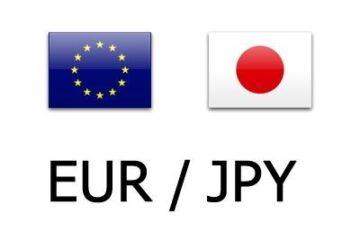Most may remember or even partook in the panic-buying trend during the Covid pandemic, which led to the highly mocked toilet paper shortage.
People got up at the crack of dawn, lining up outside grocery stores before they opened to get all their household necessities and avoid facing shelves wiped out by fellow panic shoppers.
💵💰 Don’t miss the move: Subscribe to TheStreet’s free daily newsletter 💵💰
Although many assume those days are over, the dreaded toilet paper crisis could return. This time, though, it may be due to a different pandemic, one caused by mental stress rather than an airborne virus.
Related: When you’ll see empty retail store shelves due to tariffs
As implementation of new tariffs nears, many businesses and consumers have entered panic mode, evoking a familiar feeling from a few years back that they would rather forget.
Retail sales rise amid tariffs.
Image source: Getty Images
Retail sales increase as tariff implementation nears
After taking office for a second term, U.S. President Donald Trump implemented new tariffs on foreign-made imports in April, including an additional 10% baseline tariff.
A few days later, Trump paused the “reciprocal” duties on many countries for 90 days, except for China, which has faced up to 145% tariffs on all shipments since April 2.
On May 12, the U.S. and China agreed to suspend for 90 days the tariffs they had imposed on each other; the U.S. will lower its tariff on Chinese imports from 145% to 30%, and China will reduce its U.S. import tax from 125% to 10%.
However, the 90-day suspension of baseline tariffs expires on July 9 for other countries, and businesses may at that point raise prices on many imported goods.
Related: Why tariffs may ruin an American tradition
Amid economic uncertainty and tighter budgets, many are stocking up on necessities before the new tariffs take effect, the National Retail Federation (NRF) reported.
Total retail sales, excluding automobiles and gasoline, grew more than 0.7% month over month and nearly 7% year over year. This marks a significant jump from March’s 0.6% month over month and more than 4.7% year over year, according to a study by the NRF.
However, core retail sales, which exclude restaurants, automobiles, and gasoline, saw an even higher increase of nearly 1% month over month in April and more than 7.1% year over year. The month prior also saw an increase in the retail sector, but not as high, with sales up 0.4% month over month and around 5.1% year over year.
Consumer stockpiling alleviates slowdown in consumer spending
Although retail sales declined in January and February due to a slowdown in consumer spending, the substantial increase in spending in March and April led total sales for the first four months of 2025 to rise by around 5.1% annually and core sales to jump 5.5%.
“Despite declines in confidence caused by the economic uncertainty that has come with tariffs, consumer fundamentals remain intact, supported by low unemployment, slower-but-steady income growth and solid household finances,” said NRF President and CEO Matthew Shay. “Consumers maintain their ability to spend and have strong reasons to spend now before tariffs can drive up prices or cause shortages on store shelves.”
More Retail News:
After closing stores, Walmart makes a big additionMcDonald’s menu adds experimental new items fans will loveStarbucks CEO makes major announcement in turnaround strategy
Sales in eight out of nine retail categories increased in April yearly and monthly, with digital products, electronics and appliances, and grocery and beverage stores taking the lead.
Adjusted sales in the grocery and beverage stores retail sector were up nearly 0.6% month over month and over 9.5% year over year.
Although the slowdown in spending seems to have temporarily abated, only time will reveal how consumers navigate tariff-related challenges.
Related: Veteran fund manager unveils eye-popping S&P 500 forecast


